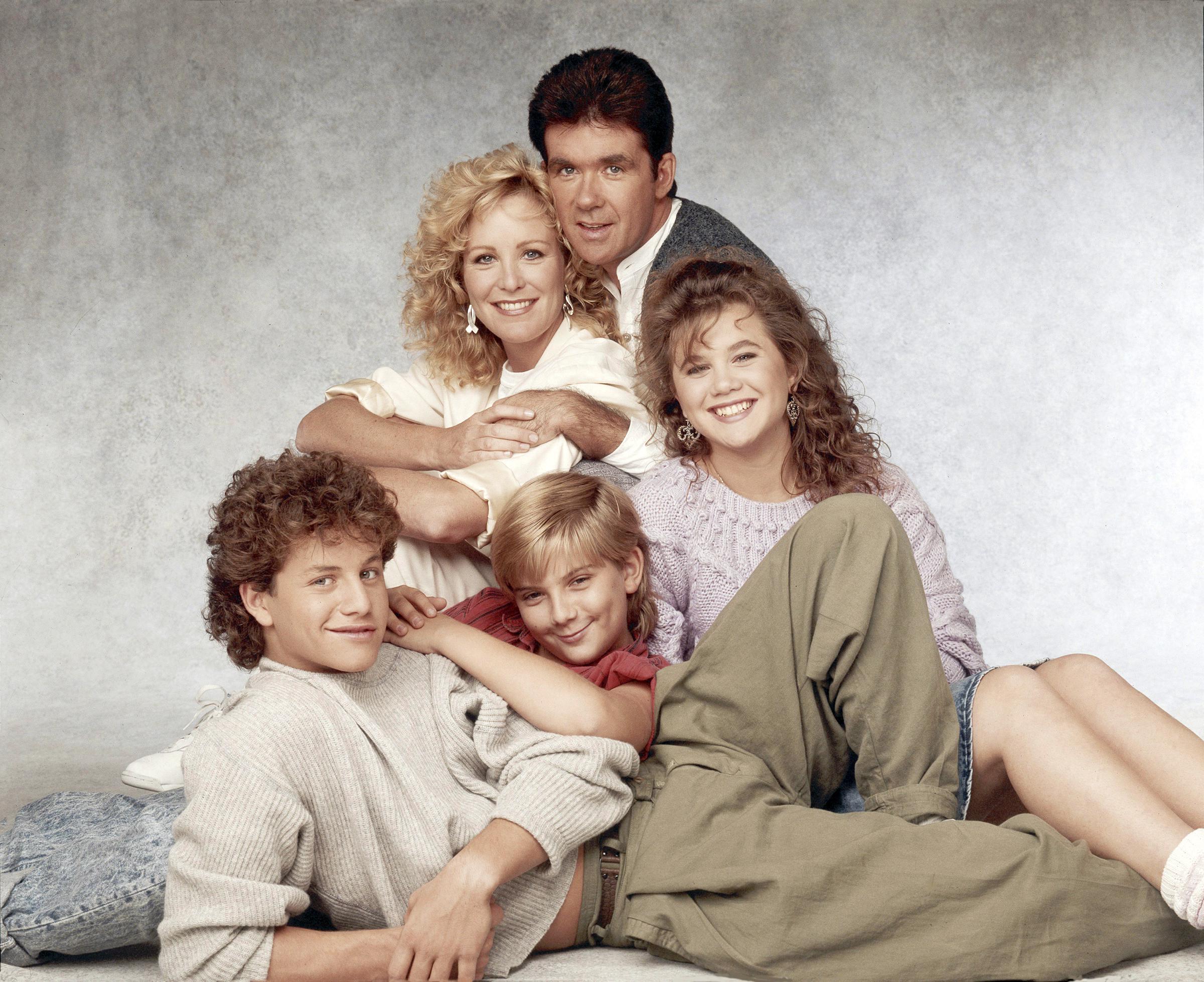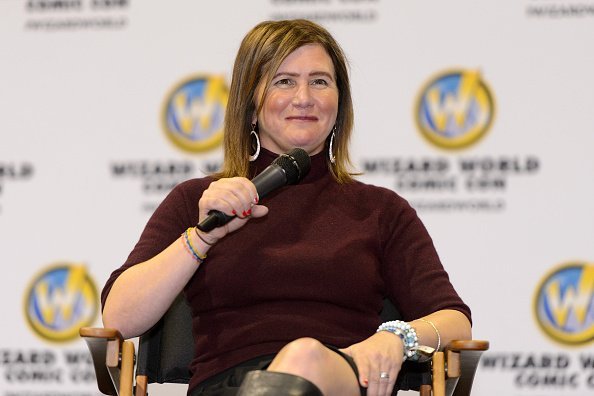
She rose to fame as a teen star in the 1980s, starring in some of television’s most iconic productions. Yet, at the height of her success, she faced a battle with anorexia that affected her career and nearly cost her life. Years later, she stepped away from the spotlight, shifting her focus to personal healing and supporting others facing similar challenges.

The child actress, circa 1980 | Source: Getty Images
Her talent and charisma seemed to promise a long career in Hollywood. However, at the height of her popularity, her appearances became sporadic, raising questions about what was happening behind the scenes. The answer would reveal a personal battle that would define much of her life and legacy.

The actress in 1985 | Source: Getty Images
Her career began with a standout role in the award-winning miniseries “Roots.” However, her portrayal of Carol Seaver on the sitcom “Growing Pains” propelled her to stardom. As the clever and dependable middle child of the Seaver family, she endeared herself to audiences nationwide.

The actress in a photo shoot for “Growing Pains” in 1985 | Source: Getty Images
The series, which aired from 1985 to 1992, became one of the most beloved sitcoms of its time. Despite her success, her time on “Growing Pains” was not without challenges. By the show’s final season, she was forced to miss multiple episodes due to a personal struggle that she worked hard to keep private.

The “Growing Pains” cast in 1985 | Source: Getty Images
While audiences adored her on-screen, those closest to her began to notice the toll her struggles were taking, including her family, who would soon step in to help.

The actress as seen in an undated photo | Source: Getty Images
The Turning Point—A Mother’s Heartbreak
Her struggles became impossible to ignore on November 10, 1991, when her mother, Bonnie, visited the set of “Growing Pains” on her 45th birthday. In her daughter’s dressing room, Bonnie saw her 5’3″ frame reduced to just 90 pounds.

The actress poses for a portrait, circa 1985 | Source: Getty Images
“Although she was very careful to cover her body,” Bonnie recalled, “I saw it and almost fainted.” The once vibrant and healthy actress had become a skeletal version of herself. Overwhelmed with emotion, the two broke down in tears.
“We both stood there crying,” Bonnie said. “She said, ‘Mommy, Mommy, I’m going to get better.’ I said, ‘Tracey, you’ve got to get better because I’m not going to lose you.'” This heart-wrenching moment marked the beginning of a more focused effort to address her condition.

The actress poses in 1990 | Source: Getty Images
A Battle with Anorexia and the Pressures of Fame
Her struggle with anorexia began at just 11 years old, years before her fame peaked. By the time she was 19, Gold’s condition had intensified, and at 22, it nearly cost her life. While some attributed her illness to the pressures of Hollywood, she believed the problem was much broader.

Tracey Gold poses for a promotional photo in 1990 | Source: Getty Images
“It’s not just Hollywood; it’s a widespread problem across the country,” she stated in a 2011 interview. Gold’s experiences on “Growing Pains” reflected how her illness affected her work. Missing several episodes during the final season was a direct result of her declining health.

Tracey Gold on “Good Morning America” in New York in 2011 | Source: Getty Images
Even moments that seemed mundane to viewers, like eating pizza in the show’s finale, were profoundly difficult. “It’s not this glamorous red carpet disease,” she explained. “It’s a really isolating, lonely place to be.”
Gold revealed she was deeply aware of how societal pressures influenced others. She criticized public commentary on the weight of stars like Miley Cyrus and Demi Lovato, calling it “a horrible message being sent out to young girls.”

Demi Lovato and Miley Cyrus on March 28, 2009 | Source: Getty Images

Tracey Gold at Donald E. Stephens Convention Center on March 7, 2015 in Chicago, Illinois | Source: Getty Images
Stepping into Advocacy
After years of battling anorexia in silence, Gold turned her experiences into a platform for helping others. In 2011, she hosted Lifetime’s “Starving Secrets With Tracey Gold,” an unscripted series aimed at raising awareness about eating disorders.
The show featured Gold working with specialists to support women seeking treatment for conditions like anorexia and bulimia. Her goal was to foster open conversations about the realities of eating disorders.

Tracey Gold at Donald E. Stephens Convention Center on March 7, 2015 in Chicago, Illinois | Source: Getty Images
“I wanted to shed a light on [anorexia] and talk about it and open up a conversation,” she said during a 2011 appearance on “Fox and Friends.” By sharing her own story, she hoped to break down stigmas and provide a source of encouragement for others facing similar challenges.
In one interview, Gold observed, “I always look at the first season of a TV show and see an actress one way, and then in the second season you see her 10 pounds lighter — it’s a cycle.”
This chapter of Gold’s life marked a significant shift, as she moved from the role of actress to advocate, using her platform to make a tangible difference in the lives of others.

Tracey Gold at the 2018 STL Pop Culture Con in St Charles, Missouri | Source: Getty Images
Life Beyond Hollywood
As Gold’s focus shifted from acting to advocacy, she gradually stepped away from the public eye. Married to Roby Marshall since 1994, the couple has raised four sons together, creating a close-knit family outside the spotlight.
Gold also maintains close ties with her “Growing Pains” castmates. In 2018, she reunited with Kirk Cameron and Jeremy Miller on “Today” to reminisce about the show’s impact. During the reunion, the cast paid tribute to Alan Thicke, who had passed away in 2016.
Parenting has become a vital part of her mission. She emphasizes the power of kindness and how words can leave lasting impacts, a message she imparts to her sons.
“The things that you say can resonate so much with another person,” Gold once explained. “Even if it doesn’t mean something to you, it could really impact somebody.”


